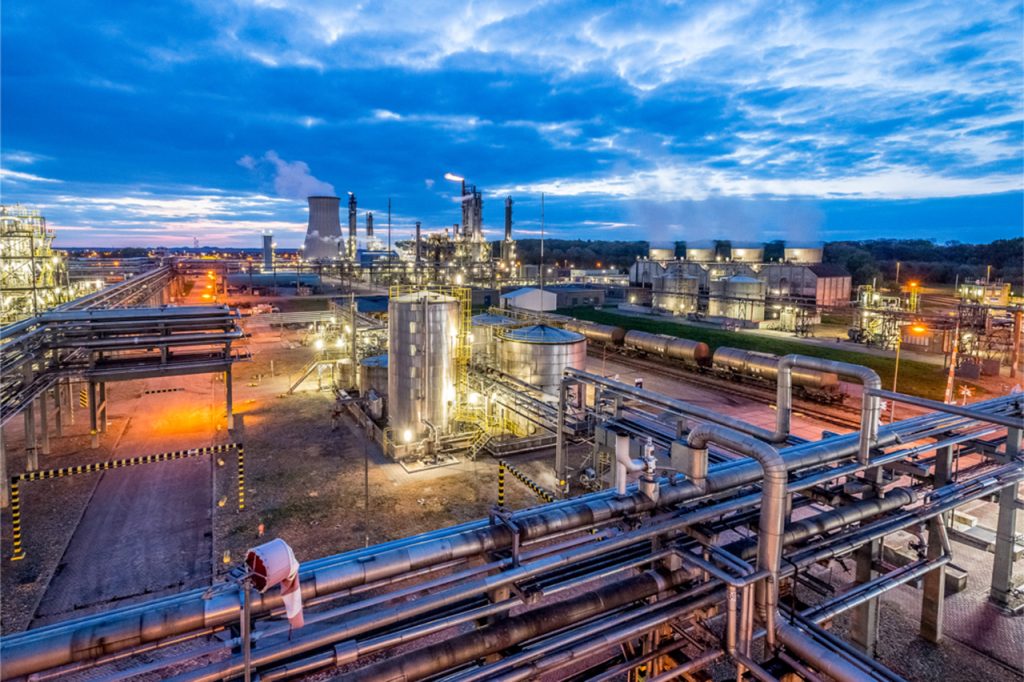Migrating legacy software
1 November 2023 • Blog

For most organizations, the technology infrastructure is the backbone of the business. Legacy systems are often an essential part of this infrastructure, but over time these systems can become both a strength and a bottleneck to further growth. Replacing this outdated software is often not an easy task.
The depths: What is a legacy migration?
A legacy migration is not just a software upgrade. It involves a thorough rethinking of existing systems – both technological and functional. The goal is often twofold: to replace or modernize obsolete technologies and to ensure business continuity. Key challenges here include: data migration, integrating new with existing systems and preserving functionality critical to day-to-day operations.
When should you replace legacy software migration?
The decision to modernize legacy software is rarely made purely out of technological necessity. There are strategic considerations that come into play, such as:
- Business growth: With scale, existing systems may become inadequate in providing appropriate support for new business models or larger data sets.
- Compliance and regulation: Changing laws and regulations can impose additional requirements that outdated systems simply cannot ensure.
- Innovation pressure: The need to remain competitive may necessitate the adoption of new technologies and functionalities that are not compatible with older systems.
- Security risks: Older systems may be at higher risk for security breaches, especially if they are no longer actively supported.
Recognizing these triggers in time and strategically planning the modernization of legacy software as necessary significantly increases the success rate and improves organizational continuity.
Digitization only increases further
Charles Bronzwaer, partner at Bizzomate on modernizing legacy software: “Our society is becoming increasingly digital and the need for further automation and digitization of processes continues to rise. If you see that new business ideas are no longer manageable within a reasonable timeframe with the current software because they are too difficult or too expensive, these are important signals for replacement. The demand for further digitization can also come internally from your employees. They are becoming more digital so they also expect more and more in terms of digitalization.”
“If it appears that the IT department is increasingly having to sell ‘no’ to employees or customers, the time has come to look at replacing or building out your legacy software. Building out your software with low-code that allows you to add a new smart layer with new functionality to your current system is then often a good option. If you have decided to replace the software entirely, keep in mind the buy or build dilemma.”
Legacy migration at MediReva
Take healthcare organization MediReva, for example. This organization wanted to replace its existing ERP system while improving the customer experience and better complying with laws and regulations. With Bizzomate’s help, part of their ERP is being replaced with a smaller and standard cloud ERP and the rest with a back-office application based on Mendix low-code. This solution allows them to help clients faster and give more attention to clients with complex issues.
Chronology: How long does a legacy migration take?
If you have made the strategic decision to start a legacy migration, a new challenge is at hand: how long will it take? This time investment can vary enormously. Factors such as the intrinsic complexity of your current legacy system, the scale at which the system operates, the allocated resources and the expertise of your migration team play an important role. It is not uncommon for what begins as a migration project of a few months to evolve into a multi-year process for larger, more complicated systems.
What people are involved in a legacy migration
Migrating legacy software is not a solo project. It requires a coordinated effort by various professionals. Technology specialists, such as system administrators and software developers, are on the front lines of design and implementation. In addition, end-user input is crucial. They provide insight into the practical needs and desired functionality of the new system. Senior management also plays a vital role, making strategic decisions regarding investments, resources and project priorities. At Bizzomate, we combine these insights into an agile approach (link to blog on agile working), working with teams from both business and IT to modernize or completely replace business systems.
What does replacing or building out legacy software provide?
Charles: “You can answer this question from different perspectives. If you look at cost and efficiency, you reduce costs, you improve the user experience for customers and staff, and you reduce your risks, particularly in terms of security. You can also look at this question from your company’s future perspective. A legacy migration gives you a digitally compliant business. If good ideas come from the business, you can estimate what it will cost, what it will deliver and how you can implement it. Ultimately, that’s something every modern company should be able to do.”
Do you want to migrate your legacy software?
Do you want to migrate your legacy software but don’t know exactly how to go about it?
Our consultants are happy to help you determine the best path for migrating legacy software within your company.
Get in touch with us!




